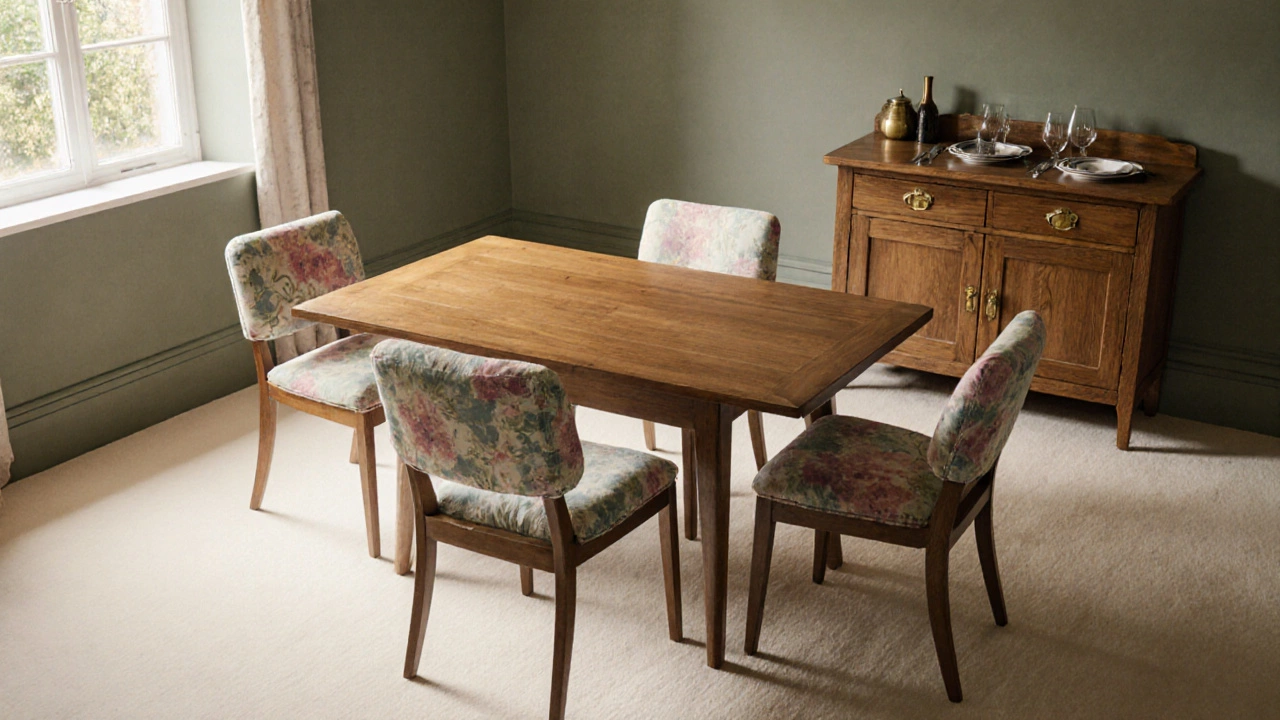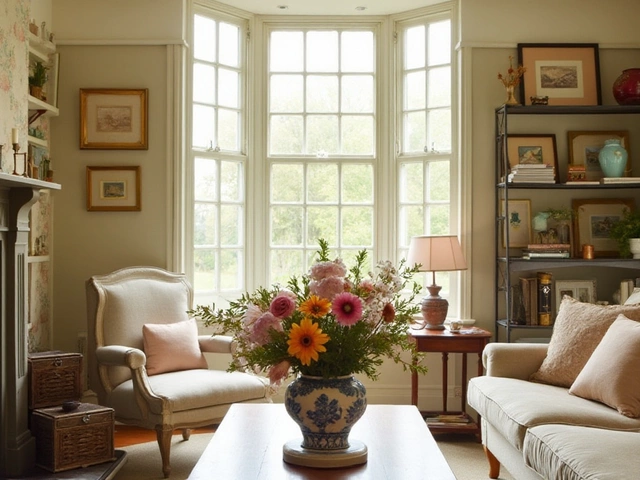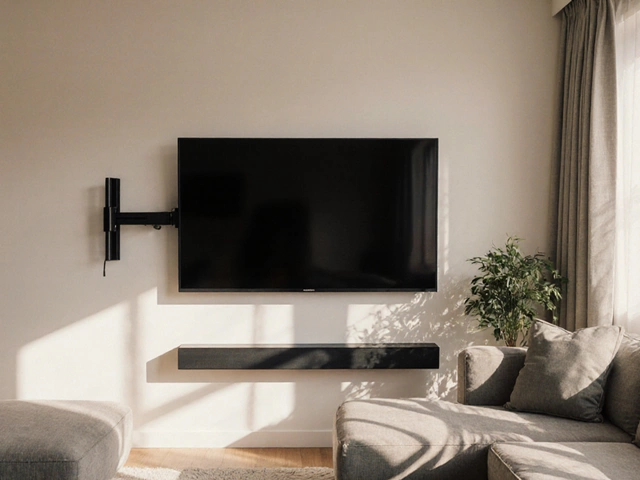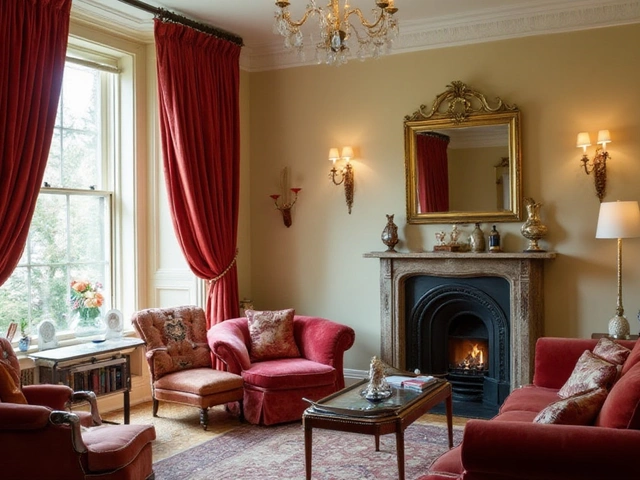Hutch Ideas, Storage Tips, and Design Inspiration
When planning a hutch, it helps to start with a clear definition. A Hutch, a low cabinet with doors and open shelves, usually placed against a wall in a kitchen or dining area serves as both storage and a visual focal point. It belongs to the broader group of kitchen storage, systems of cabinets, drawers, and shelves that keep food, dishes, and gadgets organized, and its success often hinges on smart cabinet design, the layout, material choice, and hardware that shape how a cabinet looks and functions. Good design also means thinking about shelf organization, the method of arranging items on shelves to maximize space and accessibility. A well‑placed hutch can even double as dining room furniture, pieces that enhance the look and usability of a dining space. In short, a hutch encompasses storage compartments, requires thoughtful placement, and influences the overall room aesthetic.
Choosing the Right Hutch for Your Home
First, think about where the hutch will live. In a kitchen, it should complement existing kitchen storage units, matching the countertop height and material finish. If your kitchen uses sleek flat‑panel cabinets, a modern hutch with minimal hardware will blend in; if you have a farmhouse vibe, a reclaimed‑wood hutch adds charm. The cabinet design affects both durability and style, so pick solid wood or high‑quality MDF if you plan heavy use, and consider soft‑close hinges for a premium feel. Next, plan the interior layout. Open shelves work great for displaying dishes, glassware, or decorative pieces, while closed cabinets hide bulkier items like small appliances. Use adjustable shelf inserts to create flexible shelf organization systems that can adapt as your storage needs change. For dining rooms, think about the visual balance: a hutch placed against a blank wall can act as a backdrop for artwork or a statement piece, turning the space into a subtle gallery. Pair it with a matching sideboard or a contrasting console to keep the room feeling curated rather than crowded. Finally, don’t forget the practicalities. Measure the floor space, allow at least a few inches of clearance in front for easy access, and keep the height within reach for everyday items. Check the weight rating of the walls if you plan to mount a heavy hutch, and use proper anchors to avoid wobbles. When you follow these steps, the hutch becomes more than a storage solution—it turns into a design anchor that ties together your kitchen’s function and your dining area’s style.
Now that you understand how a hutch fits into kitchen storage, cabinet design, and overall room flow, you’re ready to explore the ideas below. Below you’ll find practical tips, layout tricks, and style inspiration that will help you pick, place, and style a hutch that works for any home.






